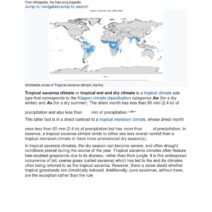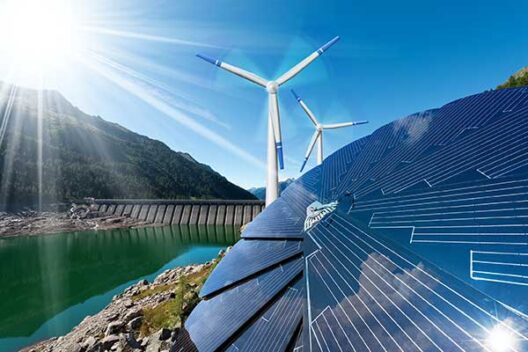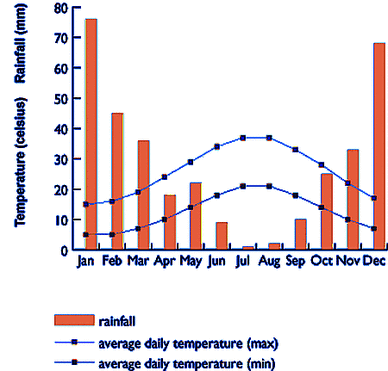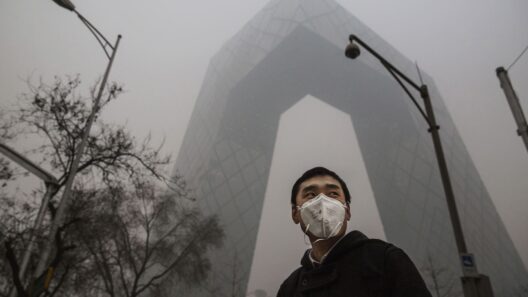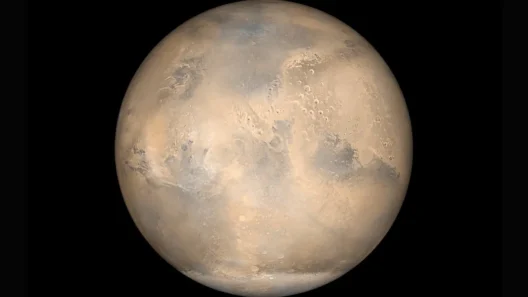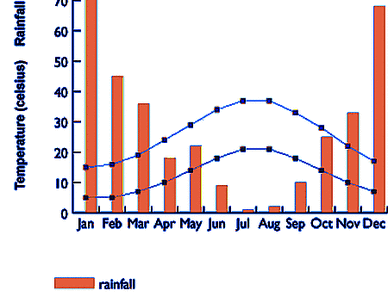Climate change is often described as a slow-moving crisis, an ominous tide gradually enveloping our world. However, when we contemplate the catastrophic implications of nuclear weapons deployment, we must confront a contradiction: what if the very instruments designed for destruction could strike with swiftness unseen in climate disasters? The use of nuclear weapons could unleash a ferocious storm of climate ramifications that would alter our planet for generations. This piece delves into this critical intersection of nuclear warfare and environmental devastation, drawing connections between the immediate and lingering effects that detonation could provoke.
Consider, for a moment, a lone snowflake plummeting from the heavens. Beautiful and delicate, it flits through the air with possible tranquility. Yet, when multitudes accumulate, they can initiate avalanches, reshaping entire landscapes. Now, imagine a nuclear explosion as the catalyst that triggers an avalanche of climatic upheaval—one loud bang that sends the fabric of weather patterns spiraling into chaos.
Understanding the magnitude of climate change instigated by nuclear warfare necessitates an examination of nuclear winter—a theoretical, albeit terrifying, consequence of nuclear conflict. When nuclear weapons are unleashed, they do not merely obliterate cities and lives; they also ignite massive firestorms that propel soot and debris into the stratosphere. This particulate matter inundates the atmosphere, leading to significant diminutions in sunlight that reach the Earth’s surface. As a result, temperatures could plummet drastically, mimicking the frigid depths of winter in regions accustomed to temperate climates. The implications for agriculture, water resources, and biodiversity could be catastrophic.
The world has already been privy to the staggering phenomena of the atomic bomb’s atmospheric fallout, as evidenced by historical events such as the bombings of Hiroshima and Nagasaki. However, the localized effects of these bombs pale in comparison to the broader ramifications of a full-scale nuclear war. A pivotal study highlighted that even a limited exchange of nuclear weapons could lead to a global cooling event—an insidious disruption to global agricultural systems. Crop failures from such climatic collapses would yield starvation on a monumental scale, an ironic twist of fate previously reserved for fictional dystopias.
This phenomenon, known as “nuclear winter,” is as chilling as it is profound. Envision the result of countless firestorms feeding an insatiable hunger for ascendance in the upper atmosphere—thousands of tons of soot, darkening skies and chlorophyll’s green embrace. The cumulative effects on precipitation patterns could cause droughts in regions that are critical to food production, making it more than a mere academic exercise in environmental science; it is a simulation of possible futures we must grapple with now. For the preservation of human life and ecosystems alike, we must rethink the relationship between military capacities and environmental stewardship.
Let us pivot the lens to another vital concern—radiation and its toxic aftermath. Beyond the immediate blasts, nuclear detonation releases an array of radioactive isotopes into the environment. These hazardous materials seep into the biosphere and cross-conjoin with existing ecological systems, wreaking havoc on biodiversity. Post-explosion, the earth becomes an arena of toxins—polluted soils, contaminated water sources, and affected flora and fauna. These elements do not simply vanish; they linger, twisting through the lifecycles of the organisms they afflict. Consequently, this bioaccumulation chaotically reverberates up through the food chain, exposing human populations to increased health risks. Such prolonged exposure can lead to a plethora of illnesses, catastrophic genetic impacts, and ultimately, a decline in human viability.
The specter of climate change spurred by nuclear warfare paints a grim tableau. However, in the face of this daunting picture, we must channel our collective resolve toward mitigation. Firstly, advocating for disarmament of nuclear arsenals is paramount; apathy in the face of such dangers equates to complicit acceptance of consequences we dare not imagine. This can involve grassroots activism, policy reform, and international diplomacy aimed at reducing our reliance on nuclear weapons as instruments of national security.
Moreover, we must catalyze momentum towards sustainable practices that lessen the impact of conventional climate change. Transitioning to renewable energy sources, fostering the principles of circular economies, and nurturing local food systems can create resiliency in ecosystems. Importantly, education is a critical element in this equation. A populace versed in these vulnerabilities—both environmental and geopolitical—becomes empowered to advocate for systemic change and challenge the intermingling of nuclear policy with ecological accountability.
In conclusion, the question of how much climate change nuclear weapons could induce leads us along a landscape fraught with peril. The effects of nuclear warfare on our climate could prove cataclysmic, spiraling humanity into a chaotic struggle for survival amidst environmental collapse. By stimulating discourse and proffering actionable strategies, we can disrupt the narrative of devastation and emerge united in our quest for a resilient planet. Let’s ensure that the only bombs we witness are the flavorful blossoms of a resilient earth gushing forth unperturbed, not the cataclysmic explosions that herald our undoing.

